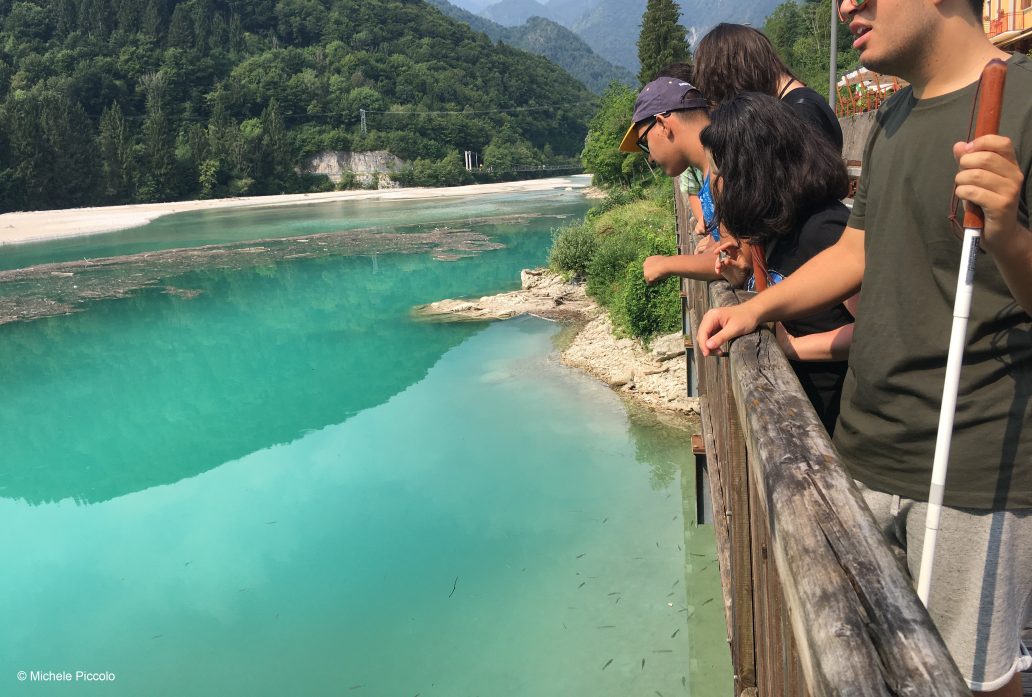Landscape is a predominantly visual concept. A heritage considered by all that it is therefore important to make usable even by those who are blind. The study and research work of Michele Piccolo, geographer and typhlology professional, specializing in teaching for people with visual impairmentswho tried to understand what could be the best method to give blind and visually impaired people as complete a view as possible of the vast space that surrounds them.
«I questioned myself», explains Piccolo, «on the concept of perception of the landscape for a person with visual impairment. We usually think that those who cannot see build the concept of environment starting from their residual sensory capacities, therefore: hearing, smell and touch. So, I asked myself, if there were other ways to go. I have come to the conclusion that we must always remember that we are in front of a visual “object”, the landscape, and we have two ways to tell it either we omit some things we see or we find the tools to tell everything around us. These tools need to know put together direct perceptiongoing to the place, the dimension of the verbalization of the experience e that of dealing with representations made of clay for example. It is therefore necessary to put together all the sensory channels so that those who cannot see can have a perception of the landscape as close to reality as possible».
It is necessary to bring together all the sensory channels so that those who cannot see can have a perception of the landscape as close to reality as possible
Michael Piccolo
For three years, the young geographer was involved in the Lea summer camps, organized by orientation, mobility and personal autonomy instructors in Barcis (Pn) within the park of the Friulian Dolomites and aimed at blind or visually impaired people. An experience of approx 10 days a year that teaches kids to explore the area through excursions which put them in contact with an environment different from the urban one they are usually used to.
«From my studies», he continues, «I understood that it is important to work on three communication levels: practice on sitetherefore exploring a physical space together; the verbal descriptionand, trying to compensate for all that it is not possible to make my body perceive directly with the word and here language has the great responsibility of being able to describe morphologies by spoiling them as little as possible of its own judgment; representation toolswe instinctively think of tactile maps but also of models».
The first step was to try to understand with the boys where we were.
«Imagining that the lake is on my right and the slope on my left is not enough», he explains, «to understand what shape it has, what happens if I turn 180 and how the world around me changes it is necessary to develop a more refined spatial imagination. Thus, we divided into small groups and walked along the lake. Created “meditation” stations where we would stop and we activated senses that were dormant during the walk. Slowly an emotional map was created in every boy. One thing that really struck me is the relationship that is generated in these boys between the time taken to complete the journey and the length of the same. If the weather was long the road was perceived as very long even if it wasn’t. The blind person is used to orienting himself by measuring and therefore time also became a parameter for length. In a second stage we transformed into clay models what the group had perceived live along the paths. And it was nice to see the kids helping each other by putting together their sometimes very different individual perceptions».
Choose the magazine
of social innovation
Support VITA and help
support our mission
All this work has left the boys with a method. They understood that it is important to go on site to understand the landscape, but it is also important to verbalize the experience and deal with representations material.
